11 Essential Mobile Analytics Books for User Engagement and Retention
Add these books to your reading list to master your product's mobile analytics.
Mobile usage has nearly eclipsed web usage over the last decade. With access as close as your pocket or purse, it’s no surprise that mobile devices are the new wave. In fact, 58% of site visitors came from mobile in 2018 (versus desktop).
As mobile usage increases, so does the need to analyze user behaviors on mobile websites and apps. Marketers and product managers can use metrics—specifically mobile analytics—to understand how to make their product more effective at capturing, engaging, and retaining users.
As mobile usage increases, so does the need to analyze user behaviors on mobile websites and apps.
Mobile analytics is the practice of collecting and organizing user data, determining trends, and analyzing these metrics for actionable insights that will boost user engagement, retention, and conversions. While the mobile web is a component, research focuses mostly on iOS and Android apps.
To get you started on your mobile analytics journey, we’ve compiled a reading list of the best books for learning and applying mobile analytics to your product design, development, and management process.
1. How to Measure Anything: Finding the Value of “Intangibles” in Business by Douglas W. Hubbard
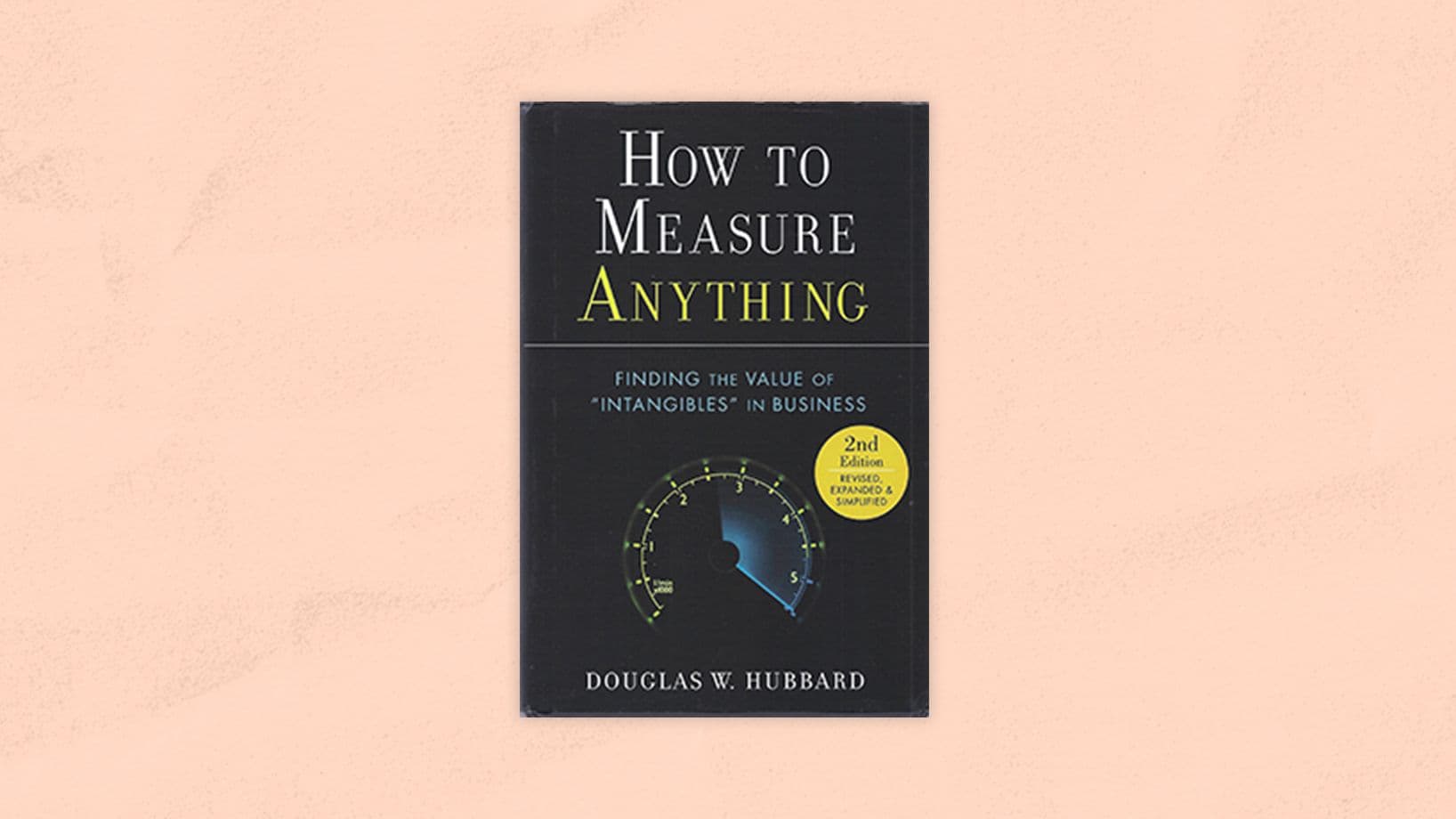
Coming from the perspective that “anything can be measured,” Hubbard’s book looks at ways to quantify metrics that are typically thought of as intangible. Hubbard will show you how to measure technology ROI, customer satisfaction, and organizational flexibility.
How this will help you with mobile analytics:
The focused topic of measuring the immeasurable is ideal for thinking about all of your analytics, especially mobile analytics. As mobile devices are constantly at our fingertips, user interactions on mobile can more accurately and intimately reflect user needs and desires. Ultimately, using these practices and strategies for mobile analytics will help you capture data to separate you from your competition.
User interactions on mobile can more accurately and intimately reflect user needs and desires.
2. Tap: Unlocking the Mobile Economy by Anindya Ghose

Examining how we engage with our mobile devices, Tap: Unlocking the Mobile Economy by Anindya Ghose looks at how users create a data trail with their mobile devices. Data trails help companies understand user behavior. Customers benefit too; data trails shape the mobile economy around them through the content they search for and what they do on their mobile device.
How this will help you with mobile analytics:
Anindya Ghose lays out what the mobile economy is, how it functions, how we interact with it, and how users and companies alike can engage in this transaction for their mutual benefit. With case studies of real-world companies (Facebook, Coca Cola, Alibaba, China Mobile, etc.), an examination of contradictory consumer behavior, and a list of nine forces that shape consumer behavior (time, crowdedness, trajectory, weather, etc.), Tap provides not only a theoretical model for examining mobile analytics, but practical information that can be put to use.
3. Lean Analytics: Use Data to Build a Better Startup Faster (Lean Series) by Alistair Croll & Benjamin Yoskovitz
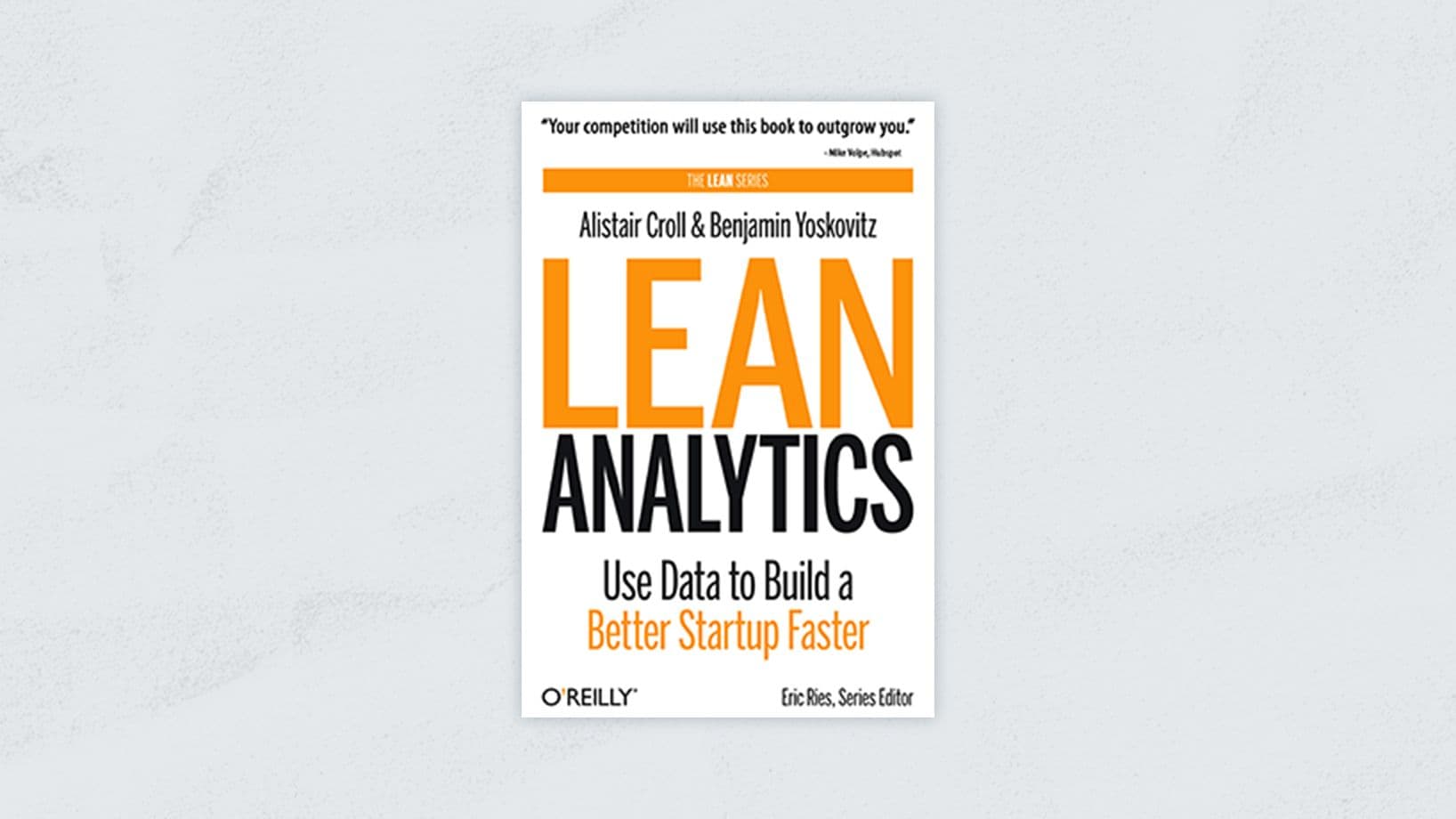
Lean Analytics by Alistair Croll & Benjamin Yoskovitz is geared towards startups. The book focuses on how to streamline processes for better focus and prioritization—even with minimal resources. Lean Analytics teaches you how to identify the most essential metrics for success and eliminate inefficient or redundant processes.
Lean Analytics teaches you how to identify the most essential metrics for success and eliminate inefficient or redundant processes.
How this will help you with mobile analytics:
As a broad tactic, lean analytics applies to both web and mobile analytics and can be used for large and small companies alike. Since startups operate on fewer resources compared to larger companies, lean analytics is more essential for getting the best value for your dollar, ensuring you are highlighting the features that lead to growth, engagement, retention, and conversions. Ultimately, lean methodology is essential for mobile analytics based on the vast amount of information that can be garnered from the data trail users leave.
4. Product Analytics Playbook: Mastering Engagement by Amplitude

Keeping your users engaged is easier said than done. Fortunately, there are ways to strategically engage customers with your product. Our playbook uses case studies from companies including Hubspot and Slack to help you activate new users and create an effective engagement stack that aligns with your North Star metric.
Activate new users and create an effective engagement stack that aligns with your North Star metric.
How this will help you with mobile analytics:
Measurement and improvement go hand-in-hand. Use the lessons from this playbook to benchmark user engagement and experiment with ways to increase it. We will outline specific metrics you can use to track engagement, as well as how to use Amplitude to perform your analyses.
Benchmark user engagement and experiment with ways to increase it.
5. Predictive Analytics: The Power to Predict Who Will Click, Buy, Lie, or Die by Eric Siegel & Thomas H. Davenport
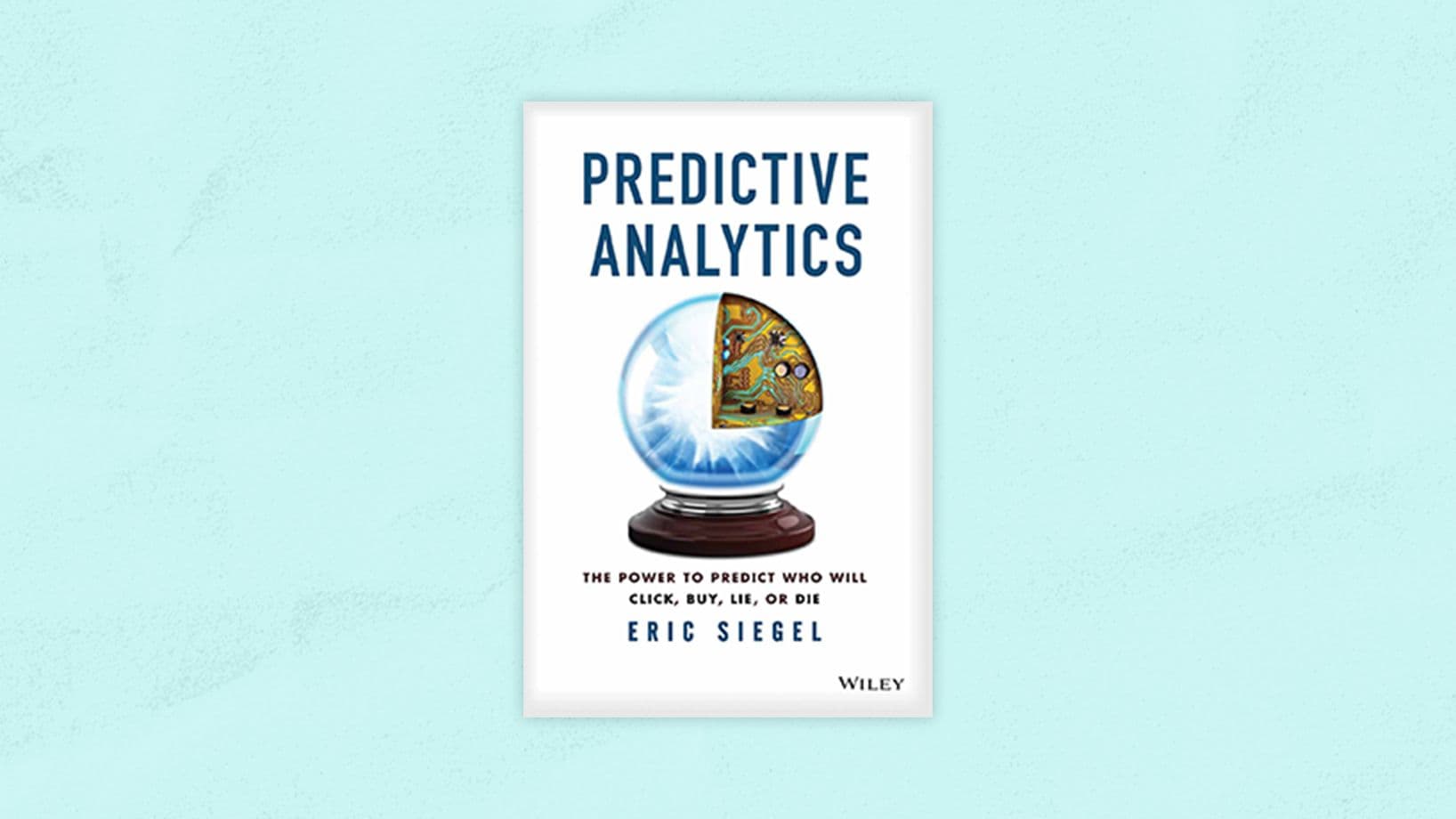
Eric Siegel & Thomas H. Davenport’s Predictive Analytics: The Power to Predict Who Will Click, Buy, Lie, Or Die opens our eyes to the ways data analytics is used to predict behavior, reduce your company’s risk, boost sales, optimize social networks, and lead to more conversions and greater ROI. Focusing on how mobile analytics should be used, Predictive Analytics teaches us how to use the data we are collecting, measuring, and comparing to predict future behavior and provide better user experiences.
Predictive Analytics teaches us how to use the data we are collecting, measuring, and comparing to predict future behavior.
How this will help you with mobile analytics:
Mobile data is your best tool for predicting user behavior based on known past behavior. You can leverage the skills offered by Seigel and Davenport when developing a product, creating content, and improving the user experience.
6. Now You See It: Simple Visualization Techniques for Quantitative Analysis by Stephen Few

Now You See It by Stephen Few tackles the challenge of telling the story of your data. This book navigates you through ways to visually present the patterns and trends of your quantitative data. Specifically, it looks at how to display and organize data for the greatest impact.
How this will help you with mobile analytics:
Mobile data is complex. Yet, you still need to be able to present your data findings in a way that is easy to understand—even for those without a technical background. Few’s book will equip you with the skills and expertise for intuitive, user-friendly data presentation.
You need to be able to present your data findings in a way that is easy to understand—even for those without a technical background.
7. Dataclysm by Christian Rudder

With our online reactions, comments, interactions, and emotions, we are at the cusp of a digital revolution—one in which our data will accurately predict behavior. Christian Rudder’s Dataclysm studies this digital shift and helps product managers understand how they can utilize these data points to understand users through behavioral analytics.
How this will help you with mobile analytics:
As more of our interactions become mobile, Dataclysm increasingly applies to the devices in our pockets. The collection of personal data—such as location information—is more valuable from a mobile device, for example. The principles presented in Rudder’s book are essential for an understanding of how valuable behavioral analytics for your mobile users is.
8. Product Analytics Playbook: Mastering Retention by Amplitude
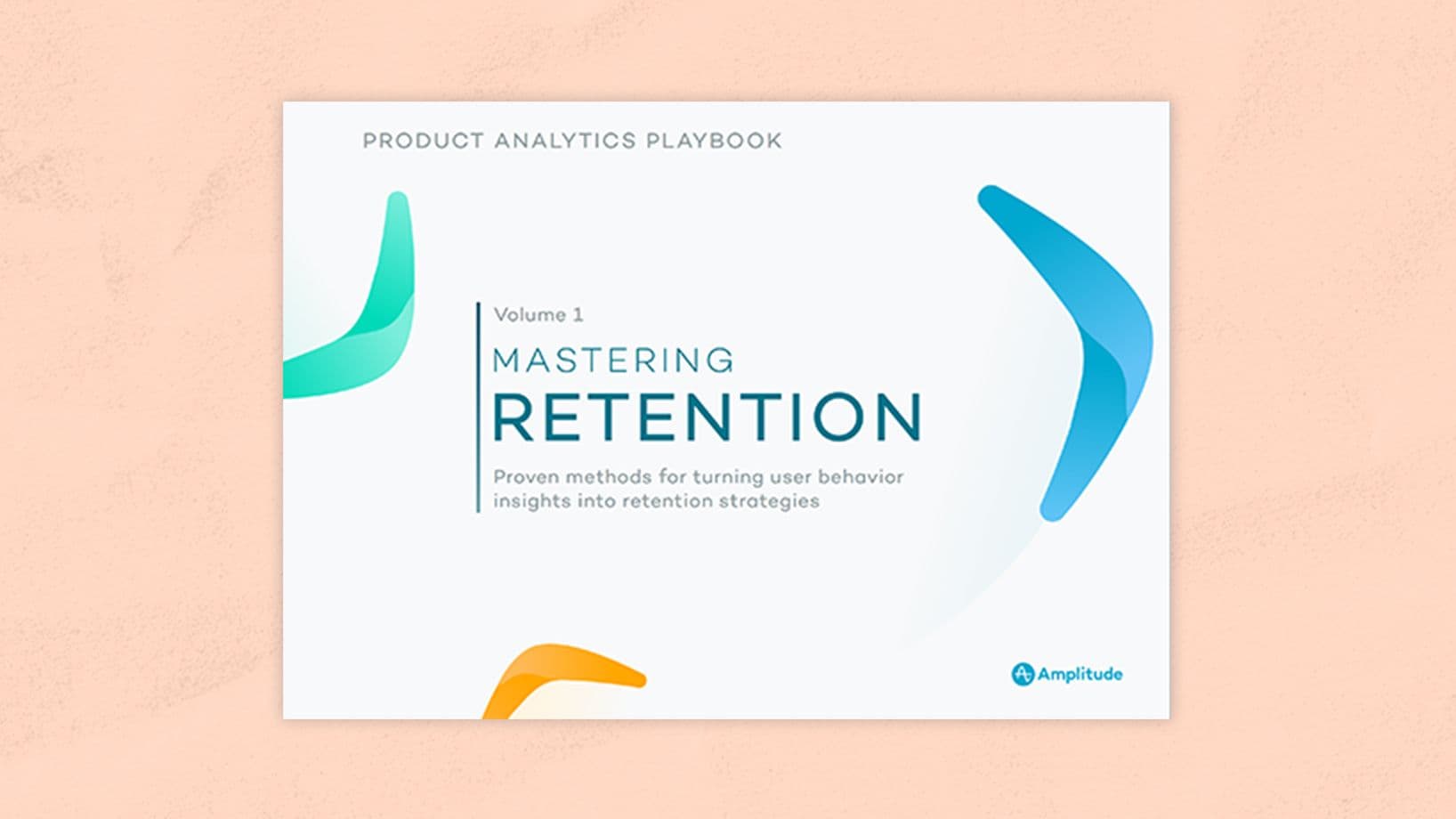
To grow, you need to be the master of your product’s analytics. While certain user actions are more closely linked with retention, the specific actions will vary by product. The better you get at recognizing important user behaviors, the more control you have over retention. In this playbook, we explain how to grow your product by acquiring new users as well as re-engaging existing or dormant ones.
The better you get at recognizing important user behaviors, the more control you have over retention.
How this will help you with mobile analytics:
Retention is best thought of as a long-term strategy, not as a quick hack. As Nir Eyal, Author of Hooked: How to Build Habit-Forming Products puts it, “The Product Analytics Playbook provides actionable strategies you can apply immediately to keep users coming back.” In our playbook, we will walk you through how your team can create an analytics-driven retention strategy that is tailored to your users.
9. Statistics Done Wrong: The Woefully Complete Guide by Alex Reinhart
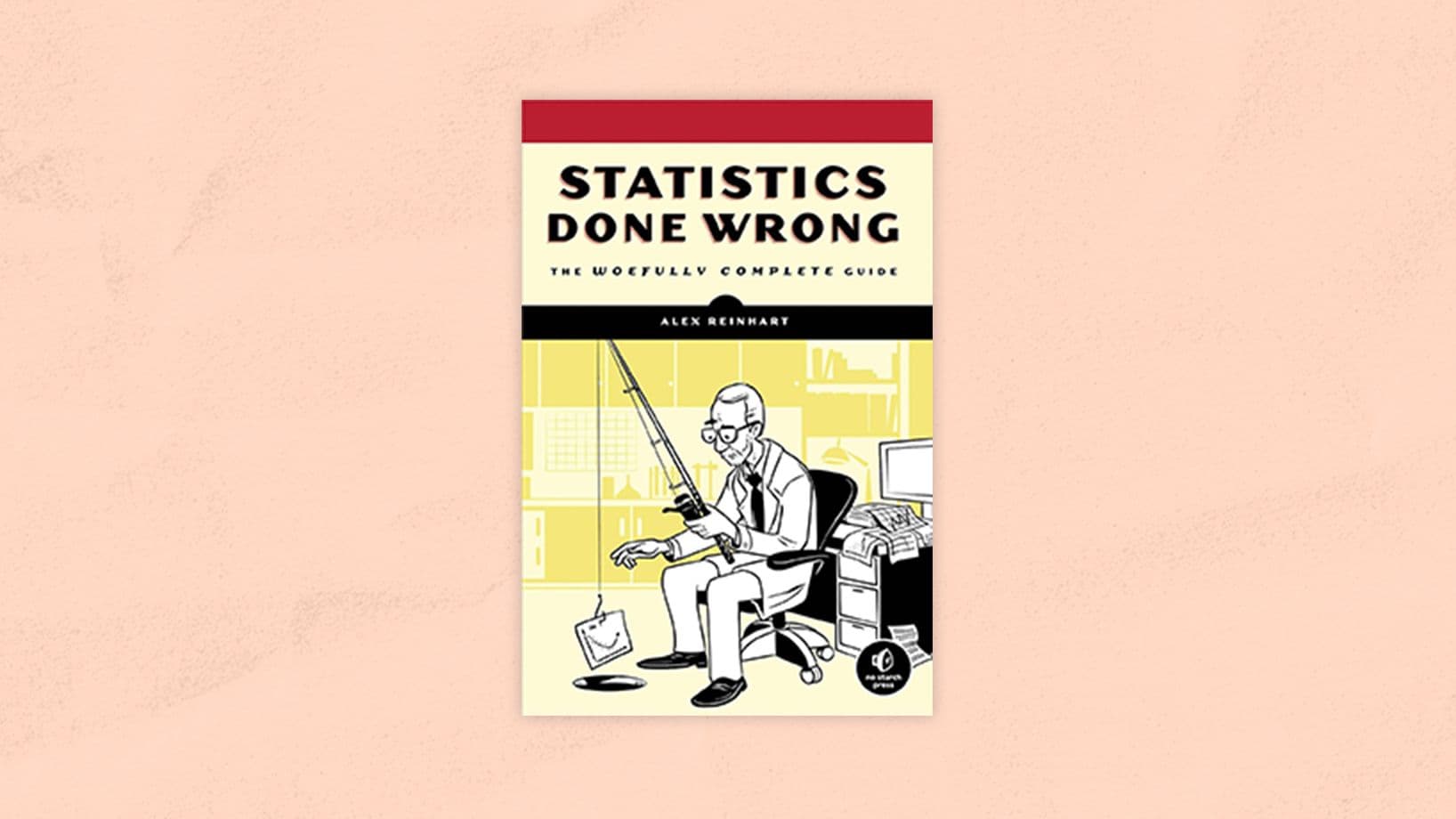
In our quest to master analytics, we read countless resources telling us what to do, but sometimes, what not to do can also be a valuable lesson. Alex Reinhart’s Statistics Done Wrong: The Woefully Complete Guide shows us the most common—and menacing—pitfalls of statistical analysis, helping you track the right metrics, choose proper sample sizes, and account for potential false positives.
How this will help you with mobile analytics:
When measuring mobile users, the most commonly examined metrics include total daily active users, the number of new users, average session duration, and retention rates. While these variables are essential to understanding mobile user behavior, they’re pretty general. The mobile analytics metrics you track should be chosen based on what makes the most sense for your specific product. Statistics Done Wrong will train you to be more aware of easily avoidable analytics pitfalls.
The mobile analytics product metrics you track should be chosen based on what makes the most sense for your specific product.
10. Analytics at Work: Smarter Decisions, Better Results by Thomas H. Davenport, Jeanne G. Harris, & Robert Morison

Collecting data is only half the battle. Data that is relevant, related, and applicable to your product will help you get the most out of your resources. Analytics at Work uses the DELTA model to teach you how to use data efficiently to:
Data that is relevant, related, and applicable to your product will help you get the most out of your resources.
- Garner meaningful insights
- Scale, organize, and implement this information at an enterprise level
- Relay and produce what the analytics leaders want
- Set realistic targets based on behavioral analytics
- Recruit and utilize analysts for success
How this will help you with mobile analytics:
To get the most out of your mobile analytics as you develop and grow your product, your team needs some fundamental analytics know-how. Davenport and Morison will help you teach your team how to collect useful data and organize it for valuable insights.
11. Naked Statistics: Stripping the Dread from the Data by Charles Wheelan

Data analytics is steadily becoming a bedrock of many companies, driving product design, development, and management. As data storage grows, we collect more on individual users and how they interact online. Given the amount of information we’re looking at, it’s not surprising that biases affect our analytics. Depending on what we want our users to do, measuring the right metrics and using the correct statistical tools for the job can be the difference between success and failure. Wheelen’s book distills the core statistical principles you’ll need to run robust mobile analytics, including correlation, regression analysis, and confirmation bias.
Measuring the right metrics and using the correct statistical tools for the job can be the difference between success and failure.
How this will help you with mobile analytics:
Read this book for lessons on properly choosing metrics, measuring data, and applying this information to your product. With insight on choosing technical analytics tools, selecting essential metrics for your product, and avoiding data misrepresentation, this book is a valuable resource for anyone wanting to analyze their mobile platforms and channels.
BONUS: Mobile Marketing: An Hour a Day by Rachel Pasqua & Noah Elkin
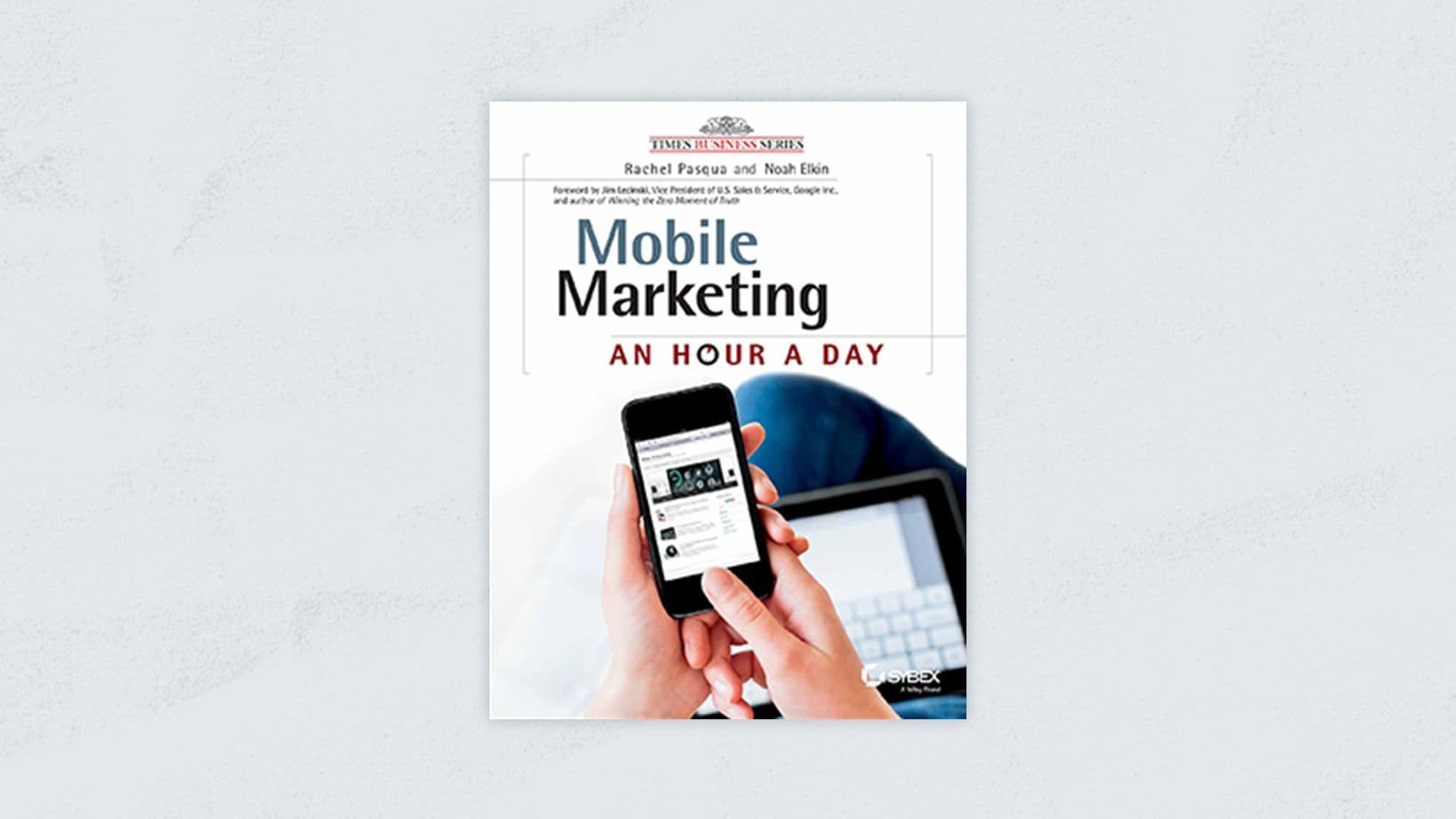
Directed more towards mobile marketing than mobile analytics specifically, Pasqua and Elkin’s Mobile Marketing: An Hour a Day looks to help you actively use mobile marketing strategies to generate leads that will convert. As the title implies, it provides tips, advice, and steps to help you deploy the tactics for a short time each day. Over time, this will develop into a habit and you’ll start to see tangible results.
How this will help you with mobile analytics:
Marketing is an essential component of mobile analytics, and garnering true user engagement requires a marketing mindset. While some of these tactics will be too broad to apply directly to mobile analytics, the fundamental principles from Mobile Marketing should always be in the back of your mind to ensure that your product, process, and team adjustments are marketable to your customer.
Garnering true user engagement requires a marketing mindset.
Build your best product with better mobile analytics
Behind every great digital product is a strong mobile analytics foundation. From statistics fundamentals to data presentation, you will need a holistic set of mobile analytics skills as you build and scale your product.
Everyone on your product team—from designers to engineers—will benefit from analytical know-how. The more accessible your analytics, the more productive and self-sufficient your team will be.
Hungry to add more books to your reading list? See our full guide on the best books for product managers.

Victoria Rainbolt
Former Content Project Manager, Amplitude
Victoria is a former project manager on Amplitude's marketing team and is passionate about problem solving and cross-functional collaboration. When not contributing to projects, Victoria directs an elite women's cycling team and competes in ultra-endurance cycling events.
More from Victoria




